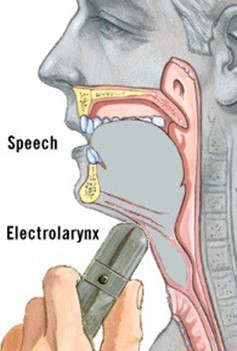While assessing the client's abdomen, you note that the Jackson-Pratt drain's reservoir is expanded and half full of blood. Which is the appropriate action for you to take at this time?.
Leave it until the end of the shift.
Remove the drain.
Empty the reservoir.
Notify the surgeon about the blood loss.
Correct Answer : C
Leaving the drain until the end of the shift is not appropriate because it could lead to complications such as:
- Hematoma formation: Blood accumulation in the tissues surrounding the drain can put pressure on surrounding structures, potentially impairing blood flow and causing tissue damage.
- Infection: A reservoir containing blood provides a favorable environment for bacterial growth, increasing the risk of infection.
- Drain occlusion: Clotted blood can block the drain, preventing effective drainage and leading to fluid buildup and potential infection.
- Decreased wound healing: Excessive blood loss can delay wound healing by depriving the tissues of necessary oxygen and nutrients.
Removing the drain without the surgeon's order is not appropriate because:
- Premature removal: It could disrupt the healing process and lead to complications such as fluid collection or infection.
- Assessment limitation: Removing the drain would eliminate the ability to monitor ongoing blood loss and could mask potential complications.
A Jackson-Pratt drain works by creating suction when the bulb is squeezed and emptied¹. The bulb should be emptied before it is more than half full to avoid the discomfort of the weight of the drain pulling on the internal tubing and to maintain the suction
Notifying the surgeon about the blood loss is wrong because it is not an urgent situation unless there are signs of excessive bleeding, such as bright red blood, clots, or a sudden increase in the amount of drainage²³. The surgeon should be notified if the drainage is more than 100 ml in 24 hours or if the color changes from serosanguineous (pink) to sanguineous (red)
Nursing Test Bank
Naxlex Comprehensive Predictor Exams
Related Questions
Correct Answer is D
Explanation
The first two actions the nurse should take are to obtain a sputum culture and a chest X-ray.
These tests can help diagnose the cause of the client’s symptoms and guide treatment.
Choice A is wrong because administering antibiotics and bronchodilators should only be done after a diagnosis has been made.
Choice B is wrong because airborne precautions and isolation may not be necessary depending on the cause of the client’s symptoms.
Choice C is wrong because cough suppressants and antihistamines may not be appropriate treatments depending on the cause of the client’s symptoms.
Correct Answer is B
Explanation
This is the nurse’s priority intervention for a client undergoing a total laryngectomy because it is important for the client to understand how to use an artificial larynx to communicate after the surgery.

Choice A is wrong because explaining the techniques of esophageal speech is not the priority intervention for a client undergoing a total laryngectomy.
Choice C is wrong because determining the client’s reading ability is not the priority intervention for a client undergoing a total laryngectomy.
Choice D is wrong because scheduling a support session for the client is not the priority intervention for a client undergoing a total laryngectomy.
Whether you are a student looking to ace your exams or a practicing nurse seeking to enhance your expertise , our nursing education contents will empower you with the confidence and competence to make a difference in the lives of patients and become a respected leader in the healthcare field.
Visit Naxlex, invest in your future and unlock endless possibilities with our unparalleled nursing education contents today
Report Wrong Answer on the Current Question
Do you disagree with the answer? If yes, what is your expected answer? Explain.
Kindly be descriptive with the issue you are facing.
